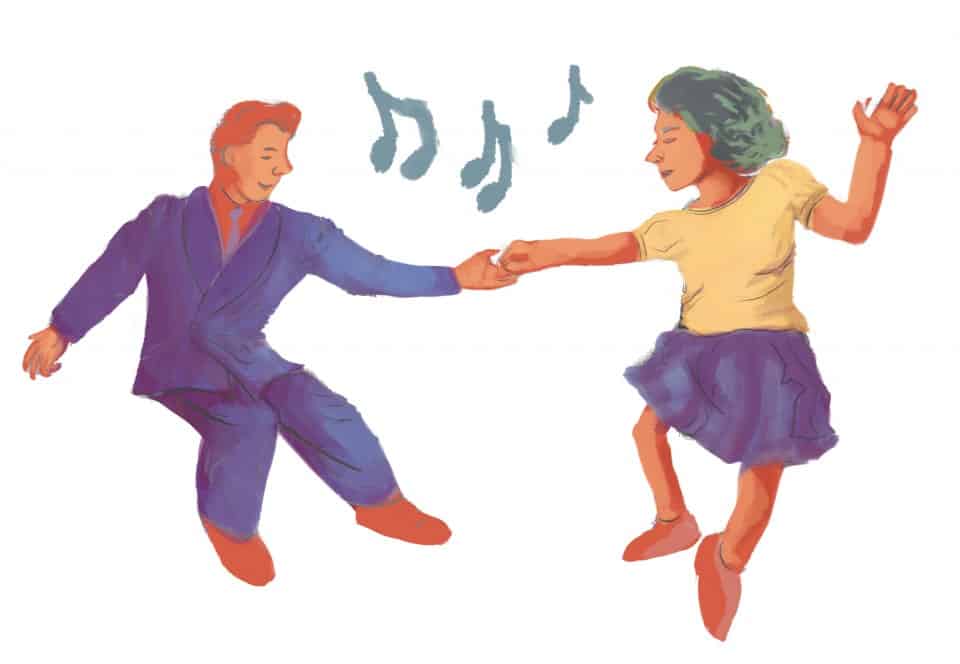As you walk into the Polish Combatants’ Hall, you are greeted by old linoleum floors, worn out beige walls, and dimmed lights. Smooth jazz is playing at a low volume, and you are instantaneously transported to the roaring twenties — the decade of swing dancing.
On Wednesday evening, I walked up to Cecil and Beverley to participate in one of UT-Swing’s weekly swing dancing classes. Swing dancing was something I had only seen on TV, so I was excited to have the chance to try it out. I was equally nervous going in, so for the sake of mental preparation, I calmed my nerves a bit by chatting with UT-Swing’s president Kahlil Heslop. He explained that the reason he liked swing dancing primarily was because “you don’t have to do gender roles – anyone can lead and anyone can follow.” He pointed out that, since the class was for rookie swing dancers, nobody would judge me, and that the class was strictly for fun. “I like to dance with beginners because it gives them confidence and I’m able to spread the dance,” he explains. “But then again, dancing with the more advanced people – I like seeing where I am on that level and I can test out new dance moves.”
Reassured and ready to learn, the lesson began. Initially, the crowd was tentative, evidently uncomfortable with the idea of dancing with strangers. Dance, in general, is an intimate activity, and not knowing anyone can make things a little bit tense. Luckily, that feeling was gone in a matter of minutes, when the group formed a circle and began learning the basic routine of the Lindy Hop. The routine establishes the foundation on which all swing dance moves are formed. It involves a steady, repetitive set of moves that need to become as close to second nature as possible in order to master the dance.
Through a series of instructions by Heslop and his dance partner, the group learned a series of dance moves to accompany the basic Lindy Hop routine. The moves required us to find a partner, and every time we mastered a part of the Lindy Hop, we were asked to switch partners. The hour was a perfect combination of good music, new dance moves, and making new friends.
Following the one-hour class was an hour of ‘social dancing.’ This, I felt, was more geared towards intermediate and advanced swing dancers. Dancers were allowed to choose whichever style of swing dance they preferred, whether it be Lindy or Charleston, with any partner they could find. Being a follow, rather than a lead, ‘social dancing’ was not particularly difficult for me. A few different leads asked me to dance, and promptly swung me around without much effort on my end.
If you think that your dancing skills are lacking, or that you aren’t as coordinated as they need to be, do yourself a favor and pay a visit to the UT Swing Dancing Club’s weekly classes. While the dance certainly takes practice, a few classes will have you swinging in no time.


